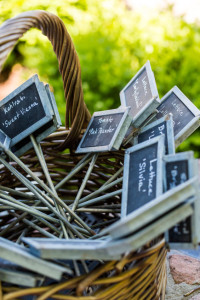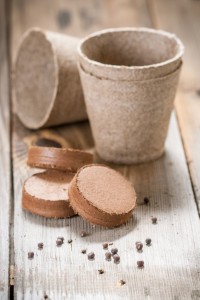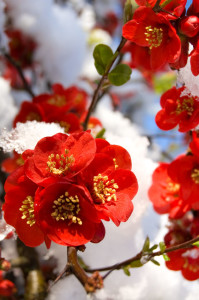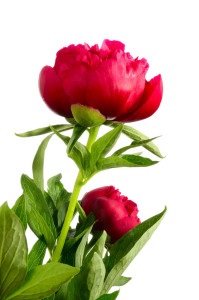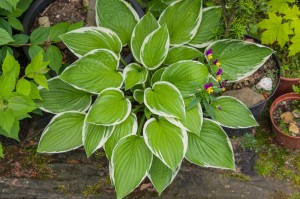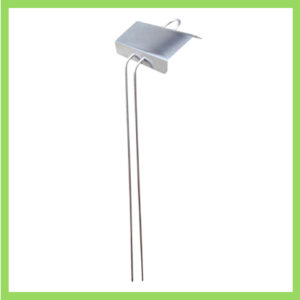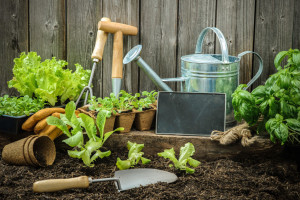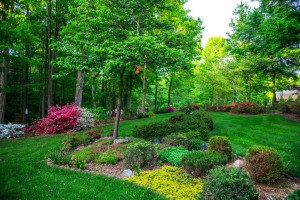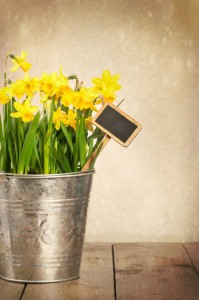Put Out Labels for Hostas Now to Make Spring Yard Design a Breeze
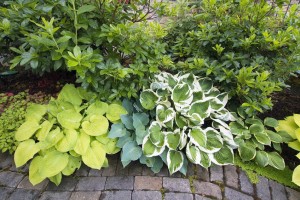 Whether your are thinking about putting your house on the market next spring or just feel ready to dig in and give the yard a facelift, quality landscaping is a proven way to increase your home’s curb appeal and, therefore, its value. Hostas are one of the easiest care plants to incorporate in landscape design, so grab some labels for hostas and a plan for the layout of your landscaping and get started.
Whether your are thinking about putting your house on the market next spring or just feel ready to dig in and give the yard a facelift, quality landscaping is a proven way to increase your home’s curb appeal and, therefore, its value. Hostas are one of the easiest care plants to incorporate in landscape design, so grab some labels for hostas and a plan for the layout of your landscaping and get started.
Hostas are Easy to Care For
As you plan your landscape design, the more you can use hostas, the less work you’ll have down the road. That’s because these hardy plants grow well without a lot of attention, often needing only to be divided when they grow too large and lush. Hostas are available in a palette ranging from lemony-green to dark green or blue-grey. There are also several color choices for variegated hostas. Once they take off you’ll want to cut them down in winter so make sure you place labels for hostas where you can keep track of what you have positioned where.
Solid Groupings Make an Impact
You can clump similar colored plants together to create a pleasing effect. For small clusters, use an odd number of plants. For larger plant clusters you can use any number of plants and it will look good. Homogenous groups of hostas underneath a mature tree create a lovely skirting that dress up thetree trunk. But hostas don’t just look great when you put them in like groupings, they can be incorporated with other plants as well.
Ideas for Using Hostas in the Yard
Hostas also look great when interspersed with other plants, mixing colors, sizes and even shapes. Think about placing perennial hostas next to some of your vibrant annuals for a vivid contrast. Lush, verdant hostas look great paired with hot pink or stark white impatiens, for example. If you’re nervous about how big hostas might get in the ground, incorporate them into your design using large pots. Always use labels for hostas to keep them organized. To use hostas more sparingly, consider making smaller sized plants your choice for a sidewalk or driveway edging.
When it comes to planning your landscape, be sure to think about how much time you want to spend planting annuals. Use perennials, like hostas, as much as possible to make your landscape a low-maintenance item. Hostas will grow well, year after year and can be used in multiple ways. A lovely yard can boost your home’s value by 10-15 percent. So do the work once and enjoy the benefits for years to come. When shopping for labels for hostas, there’s no better place than Kincaid Plant Markers. Your quality design deserves quality items and that’s exactly what Kincaid provides.

